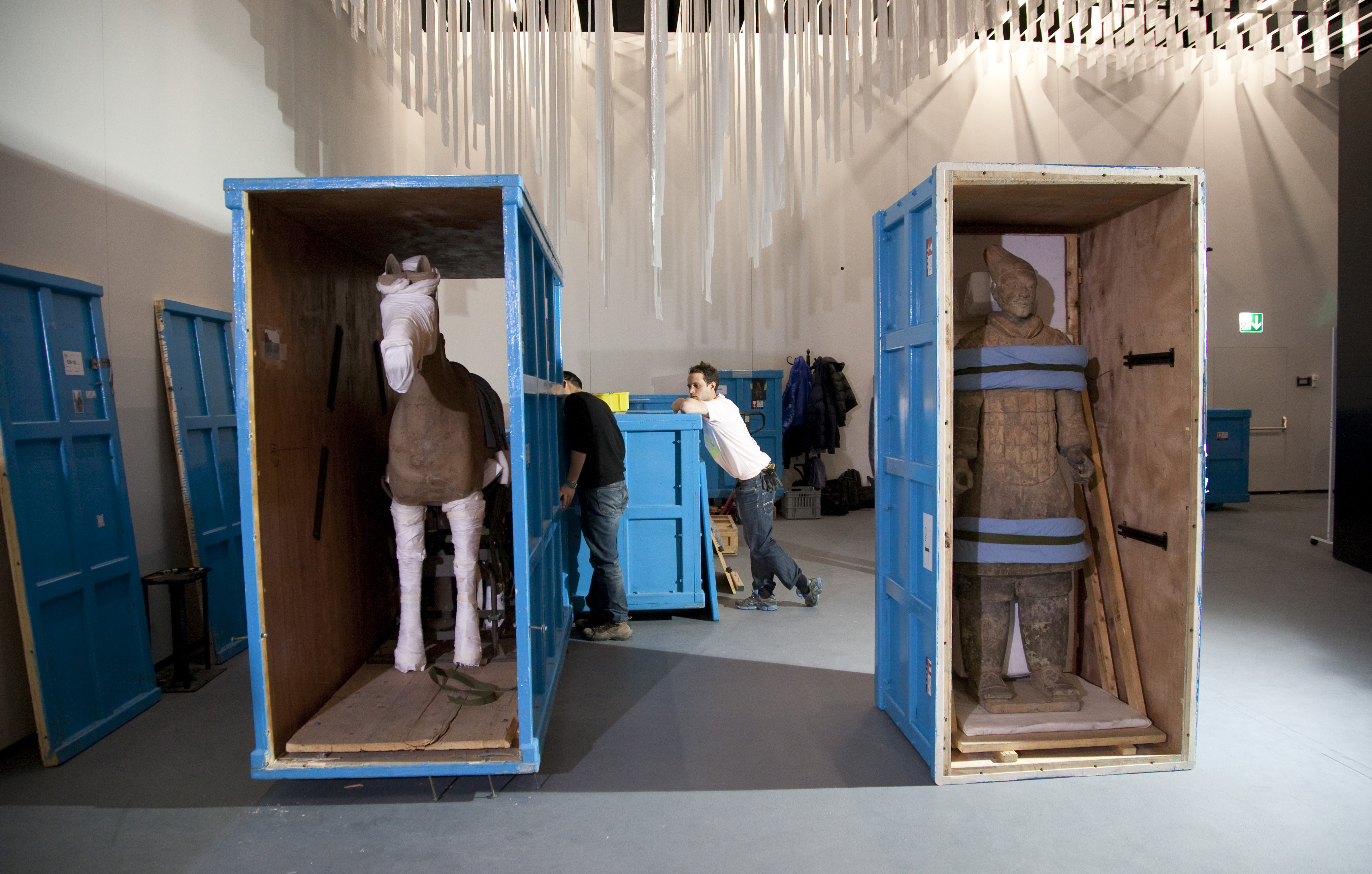
Terracotta warriors arrive in Bern
The Terracotta Army of Emperor Qin Shi Huangdi (259-210 B.C.), discovered by chance in 1974, is often referred to as the eighth wonder of the world. Bern's Historical Museum has opened an exhibition on China's fascinating history.
The museum negotiated for two years with the Chinese authorities. The exhibition ‘Qin – the immortal emperor and his terracotta warriors’ presents the enigmatic figure of the first emperor and his monumental mausoleum complex guarded by the Terracotta Army. The complex, discovered in Shaanxi Province 40 years ago, was added to the Unesco World Heritage List in 1987. Archeologists have brought up 1,500 of the estimated 8,000 figures to date. Alongside ten original terracotta figures, a further 220 exceptional objects are on display. (Pictures: Christoph Balsiger, swissinfo.ch)









































You can find an overview of ongoing debates with our journalists here . Please join us!
If you want to start a conversation about a topic raised in this article or want to report factual errors, email us at english@swissinfo.ch.